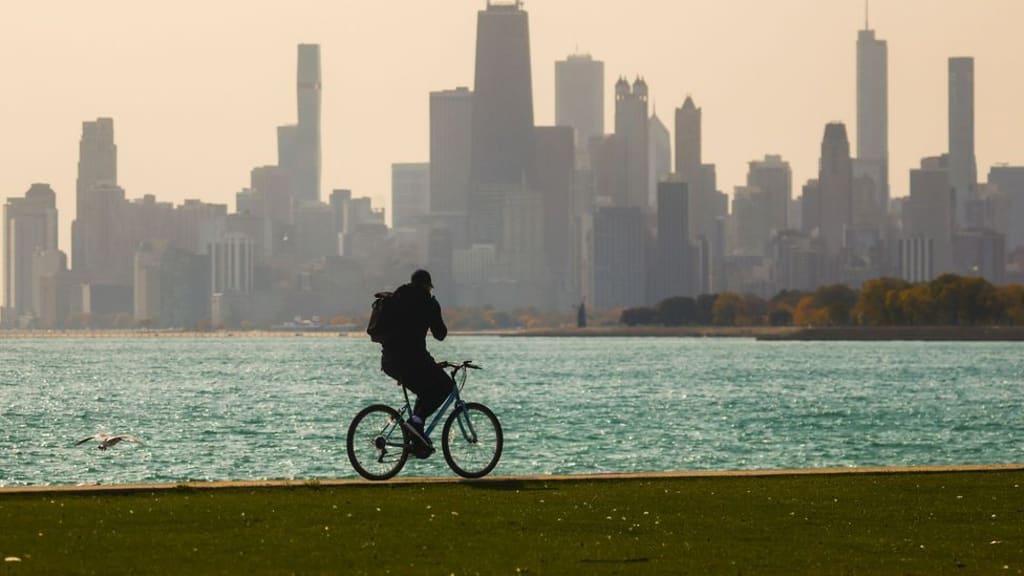
A 1.5°C lifestyle refers to a way of living that aligns with the goal of limiting global warming to 1.5 degrees Celsius above pre-industrial levels, as outlined in the Paris Agreement. This ambitious target requires significant changes across various aspects of human life, including energy consumption, transportation, food production, and overall resource use. In the following I will describe what a 1.5°C lifestyle looks like in different areas of daily life.
One of the key aspects of a 1.5°C lifestyle is transitioning to renewable energy sources. This means reducing reliance on fossil fuels such as coal, oil, and natural gas. Individuals and communities will prioritize energy efficiency by adopting practices like insulation, using energy-efficient appliances, and optimizing heating and cooling systems. They will also invest in renewable energy technologies like solar panels, wind turbines, and geothermal systems to meet their energy needs. Additionally, the concept of energy sharing and decentralized grids will gain prominence, allowing individuals to generate their own energy and contribute to the overall energy supply.
Transportation plays a significant role in climate change, contributing to a significant portion of global greenhouse gas emissions. In a 1.5°C lifestyle, individuals will embrace sustainable modes of transportation. They will prioritize walking, cycling, and using public transport whenever feasible. Zero-emission vehicles, such as electric cars and bikes, will become the norm. Carpooling and ride-sharing will be encouraged to reduce the number of vehicles on the road. Furthermore, urban planning will focus on creating walkable and bike-friendly cities, with well-connected public transport systems.
The agricultural sector also needs to undergo transformative changes in a 1.5°C lifestyle. Sustainable farming practices will be adopted, such as organic farming, agroforestry, and permaculture. These methods promote soil health, reduce chemical inputs, and enhance biodiversity. Locally sourced and seasonal foods will be prioritized to minimize carbon emissions associated with long-distance transportation. Diets will shift towards more plant-based options, with reduced consumption of meat and dairy products, as livestock agriculture is a significant contributor to greenhouse gas emissions. Individuals will be encouraged to grow their own food, either in community gardens or their own homes, promoting food security and reducing the carbon footprint of the food system.
Waste management will be another critical aspect of a 1.5°C lifestyle. The concept of the circular economy will gain prominence, aiming to minimize waste generation and maximize resource efficiency. Recycling and composting will be the norm, ensuring that materials are kept within the production cycle and reducing the need for raw material extraction. Individuals will practice mindful consumption, opting for durable and repairable goods over disposable products. Sharing and collaborative consumption models will also gain traction, allowing people to access products and services on-demand, reducing the overall demand for resources.
Building design and construction will prioritize energy efficiency and sustainability in a 1.5°C lifestyle. Green building standards will be widely adopted, emphasizing energy-efficient materials, proper insulation, and renewable energy integration. Smart home technologies will enable energy monitoring and optimization. Moreover, the construction sector will increasingly utilize low-carbon and recycled materials, reducing the embodied carbon footprint of buildings.
Education and awareness will play a crucial role in transitioning to a 1.5°C lifestyle. There will be a focus on climate literacy, with individuals understanding the impacts of their actions on the environment. Education systems will integrate sustainability into the curriculum, teaching students about climate change, renewable energy, sustainable agriculture, and responsible consumption. Communities will actively engage in climate action, organizing awareness campaigns, workshops, and initiatives that promote sustainable practices.
Lastly, policy frameworks and international cooperation will be essential in achieving a 1.5°C lifestyle. Governments will implement measures to incentivize sustainable practices, such as carbon pricing, renewable energy subsidies,





Comments
There are no comments for this story
Be the first to respond and start the conversation.